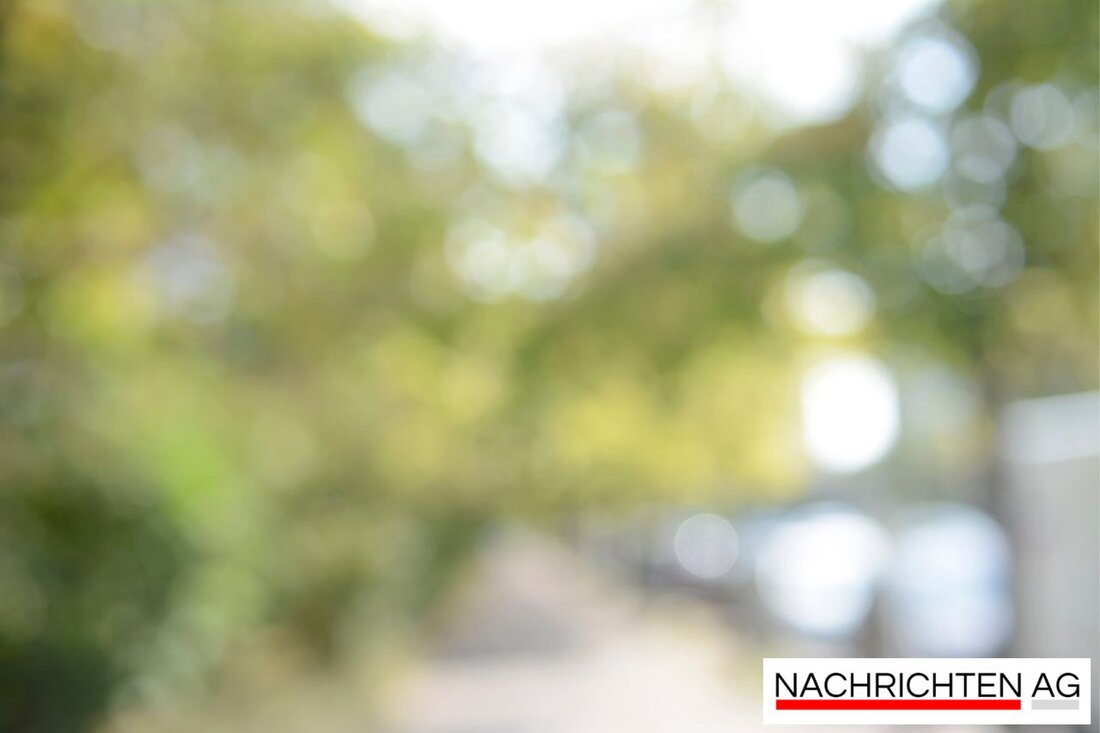Field hamster rescue in Saxony: 12 million euros for the future!
Saxony is launching the EU-funded project “LIFE4HamsterSaxony” with 12.2 million euros to save the European hamster.

Field hamster rescue in Saxony: 12 million euros for the future!
In Saxony, things are now getting serious about the little field hamster: a newly launched species protection project, which officially started on October 1, 2025, is intended to provide strong support for the endangered population of this animal species. “LIFE4HamsterSaxony” is the name of the exciting project, which is funded by the EU with a budget of 12.2 million euros. This was done by Stalk reported.
The project will run for six years and aims to significantly strengthen the region's endangered European hamster population. The main project partners are the Saxon State Office for the Environment, Agriculture and Geology (LfULG), the Leipzig Zoo and the district of Northern Saxony. The project area includes the Delitzsch area, north of Leipzig, where we work diligently with agricultural businesses. The aim is to research and introduce field hamster-friendly cultures.
Field hamster – a review and the current figures
The field hamster has had a difficult time in recent years. According to information, stocks in the Free State of Saxony had fallen to a historic low in 2020. The population had suffered from extreme drought in 2018 and 2019, resulting in a huge decline. Hundreds of field hamsters have already been released into the wild by Leipzig Zoo, including 179 specimens that were prepared for freedom in May 2025 in an arable area southwest of Delitzsch.
The forecast is now promising: the population could grow to around 300 European hamsters in 2024, with further releases planned for spring 2026. “We have had good success so far with conservation breeding at Leipzig Zoo,” said North Saxony district. Zoo director Prof. Jörg Junhold emphasizes how important the zoo's work in species protection is. Those responsible want to establish a healthy, self-sustaining field hamster population in Central Germany by 2031.
Agriculture is committed
The support from local agricultural associations is also particularly pleasing. The Delitzsch regional farmers' association is behind the project and contracts are already being negotiated with interested companies. The compact strategy of switching to animal-friendly management practices is central. For example, measures such as later plowing of stubble, leaving grain strips or creating flower strips are planned. The area required for this is expected to increase to a total of 400 hectares. These reports were from another source, the Media service Saxony, supports.
With a clear focus on creating habitats for field hamsters, nature conservation in Saxony will be given new impetus, and it remains to be hoped that the charming rodents will soon be scurrying through the fields in greater numbers again.

 Suche
Suche